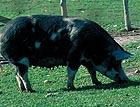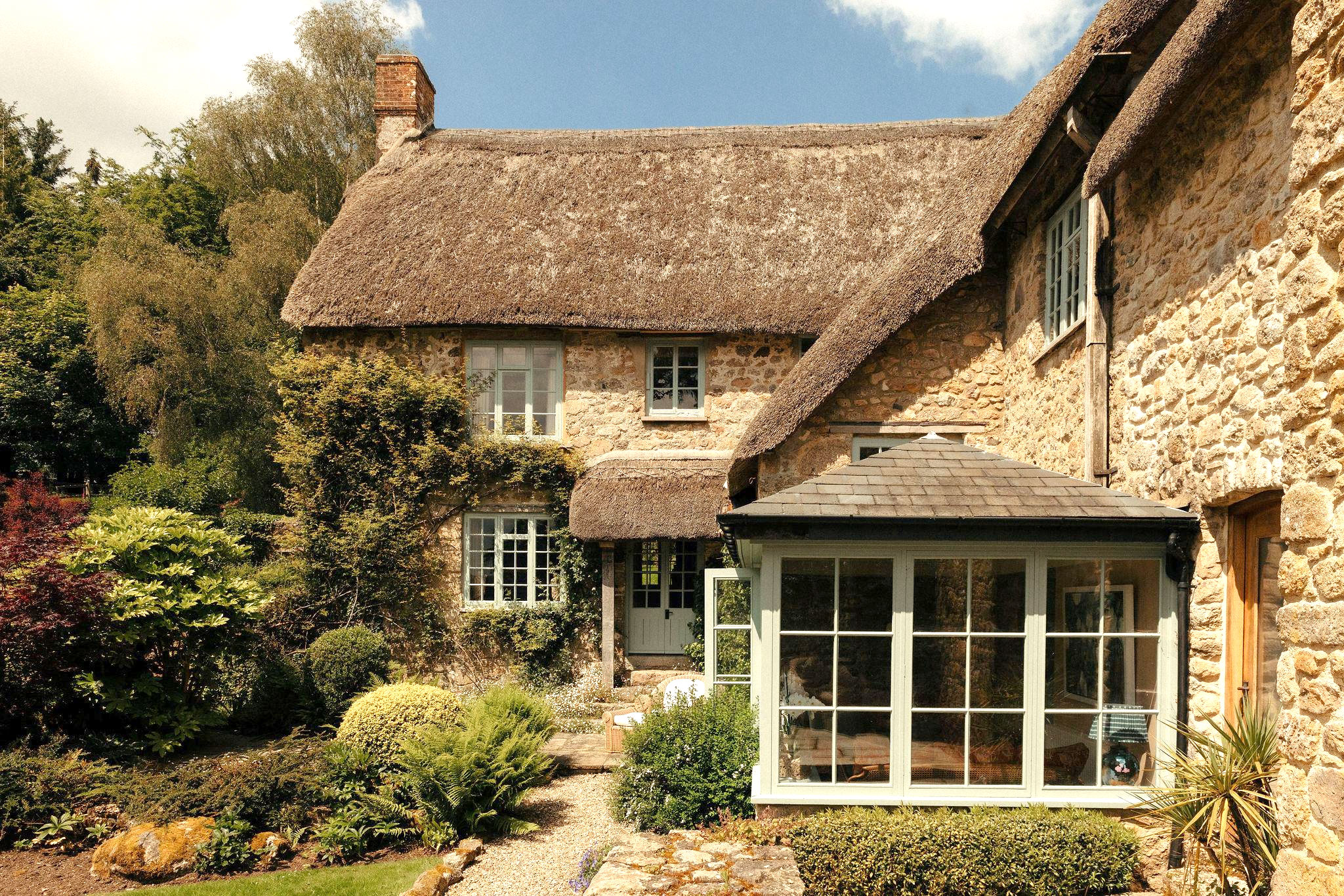The best breeds of pigs for keeping at home
A look at some of the most popular pig breeds for keeping at home


Berkshire
A traditional pork pig, renowned for its crackling. White blaze on the face, four white trotters and white tip to tail
Hampshire
A black body with a white belt across its shoulders. Prick-eared, it’s more alert than its lop-eared counterparts. Intelligent, but can be headstrong. Lean meat Middle White
Originally from the north of England, it’s one of the breeds classified as endangered. It has large pricked ears with distinctive feathering around the tips. Good-natured and talkative British Saddleback
Broad white saddle and four white feet, black head, body and tail, distinctive longer snout. Known for being very maternal Landrace
White lop-eared pigs more suited to living indoors, a lean breed that grows quickly. A long carcass makes it perfect for bacon
Sign up for the Country Life Newsletter
Exquisite houses, the beauty of Nature, and how to get the most from your life, straight to your inbox.
Oxford Sandy and Black
Piglets range from sand to white with black spots or black. Good-quality pork and bacon. A perfect first-timer’s pig very docile and easy to handle British Lop
One of the most endangered of the native breeds (along with Middle White), originally from Devon. Extremely hardy and can live out all year round. An all-white pig with large lop ears. Excellent pork and bacon
Large Black
Originally imported from China, these all-black pigs have lop ears. They produce large litters and excellent bacon
Pietrain
Medium-sized white pig with black spots each spot is surrounded by an area of lighter pigmentation. High yield of lean meat
Duroc
Very hardy, with thick auburn coats that are hairy in winter and bald in summer. Docile, maternal and outdoorsy, they produce very tender meat
Large White
A popular commercial breed that originates from Yorkshire, very strong b ut straightforward to rear. They have all-white skin and produce good lean meat Tamworth
A long-legged ginger pig, with large pricked-up ears and a long snout. Giving high-quality pork and bacon, this is a large, loving and talkative pig that can be boisterous
Gloucester Old Spot
Probably the best-known rare-breed pig. Hailing originally from the Severn River valleys, it’s both hardy and docile the perfect smallholder’s pig. Mainly white body with intermittent black spots and lop ears
Swallow-bellied Mangalitza
A distinctive curly coat makes this rare breed, originally from Austria and Hungary, stand out. Known as the ‘woolly pig’, it can be blonde, red or swallow-bellied (black with a white stomach). Currently too rare to be eaten
Welsh
Generally a yellow-white colour, but some are spotted black and white. Lop ears that meet at the tips, just above the nose. A very hardy breed, it produces good-quality meat, especially ham
Country Life is unlike any other magazine: the only glossy weekly on the newsstand and the only magazine that has been guest-edited by HRH The King not once, but twice. It is a celebration of modern rural life and all its diverse joys and pleasures — that was first published in Queen Victoria's Diamond Jubilee year. Our eclectic mixture of witty and informative content — from the most up-to-date property news and commentary and a coveted glimpse inside some of the UK's best houses and gardens, to gardening, the arts and interior design, written by experts in their field — still cannot be found in print or online, anywhere else.
-
 Five beautiful homes, from a barn conversion to an island treasure, as seen in Country Life
Five beautiful homes, from a barn conversion to an island treasure, as seen in Country LifeOur pick of the best homes to come to the market via Country Life in recent days include a wonderful thatched home in Devon and a charming red-brick house with gardens that run down to the water's edge.
By Toby Keel Published
-
 Shark tanks, crocodile lagoons, laser defences, and a subterranean shooting gallery — nothing is impossible when making the ultimate garage
Shark tanks, crocodile lagoons, laser defences, and a subterranean shooting gallery — nothing is impossible when making the ultimate garageTo collectors, cars are more than just transport — they are works of art. And the buildings used to store them are starting to resemble galleries.
By Adam Hay-Nicholls Published